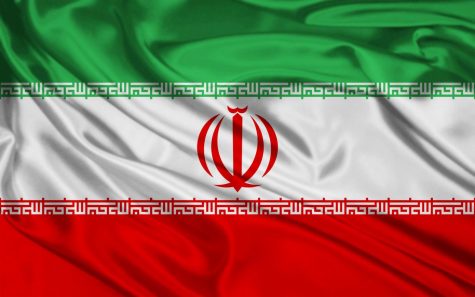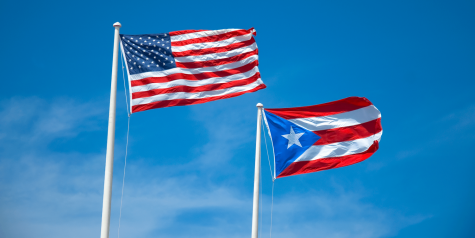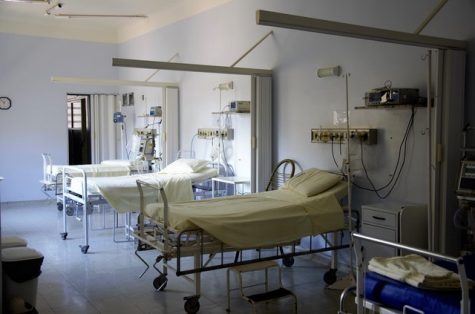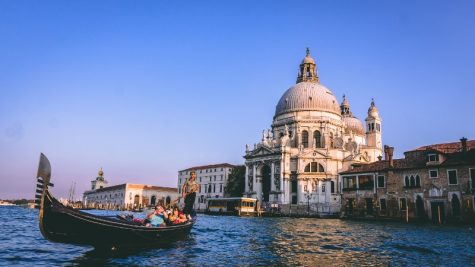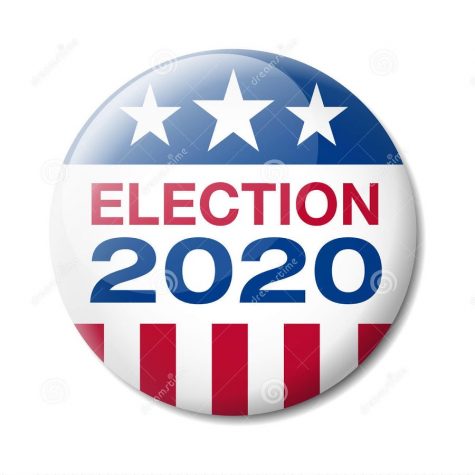The Cuban Thaw
President Barack Obama and Cuban President Raúl Castro turned over a new leaf last year. Together, they announced the initiation of normalizing relations between Cuba and the United States. This is a collective success thanks to both presidents, Popes Francis in the Vatican City and also the Government of Canada. The international media called the normalization “The Cuban Thaw” – symbolizing the defrosting relationship of the 60 year-cold war.
The thaw has taken a progressive order, where both nations reached consensuses on various aspects. From the United States removing Cuba from the State Sponsors of Terrorism list, to upgrading the “interest sections” in Washington and Havana to actual embassies. There were also several prisoner exchanges – releasing American, Alan Gross, and Cuban, Rolando Sarraff Trujillo, back to their native countries.
The international community and the media were overwhelmingly supportive of the normalization. However, President Obama, alongside with other world leaders and the United Nations, encouraged Washington to lift the economic embargo to promote the economic and social development of Cuba.
Domestically, Americans who were born or raised in Cuba, but barred from returning to their native country, are most ecstatic about a new present. Another agreement was reached at the end of 2015 that allowed commercial air travel between the two countries is to be resumed. “This arrangement will continue to allow charter operations and establish scheduled air service, which will facilitate an increase in authorized travel, enhance traveler choices and promote people-to-people links between the two countries,” according to the announcement. However U.S. law still bars travel to Cuba for tourism.
Americans can travel to Cuba, so long as the trip falls within one of 12 purposes, including visits to close relatives, academic programs for which students receive credits, professional research, journalistic or religious activities, and participation in public performances or sports competitions. Ordinary tourism remains out of bounds. Eligible travelers are required to denote the purpose of the trip and corroborate it with official documents; they are also required to keep the travel receipt for five years after they return.
According to CNN’s Will Ripley, Cuba’s crumbling infrastructures don’t seem to be ready to welcome a surge of tourist; as there has already been a shortage of hotel and other accommodations. There are also some other noteworthy tips to remember if you are considering to travel to Cuba soon. Including the unconventional Cuban convertible peso currency for foreigners and tremendous tax slapped on U.S. dollars. For details, have a look of the video: http://www.cnn.com/videos/travel/2015/12/28/cuba-travel-tips-ripley-pkg.cnn
In early February, Cuban president Castro held a series of meetings with senior French officials. A new bilateral deal regarding Cuba’s remaining debt to France, which amounts to $390 million, was signed. With this agreement, Paris agrees to convert 212 million euros into a fund that will finance French-Cuban projects on the island.
This is surely a new chapter in the relations between the U.S. and Cuba. Hopefully, it is the beginning of an over due friendship.

